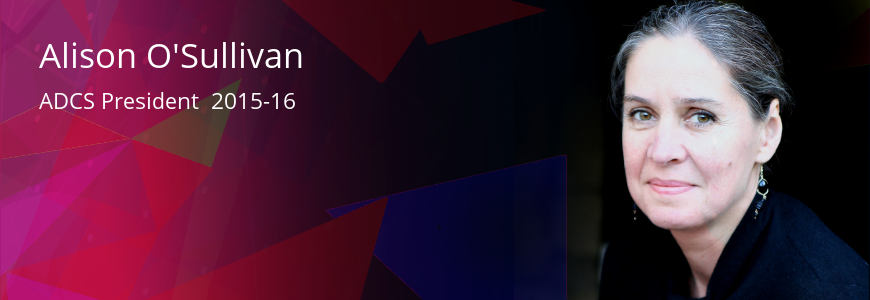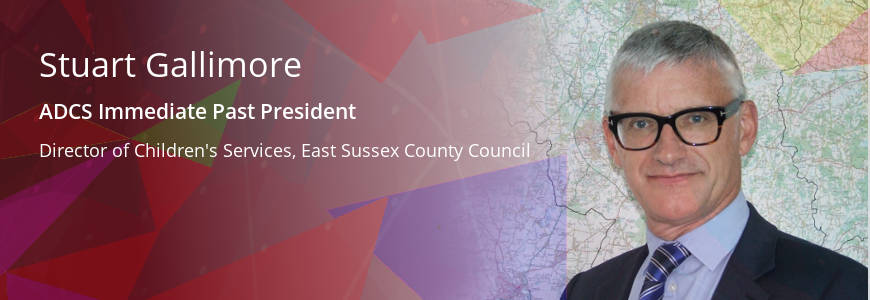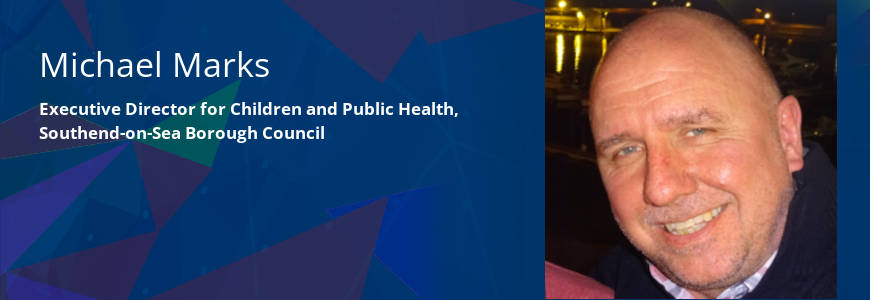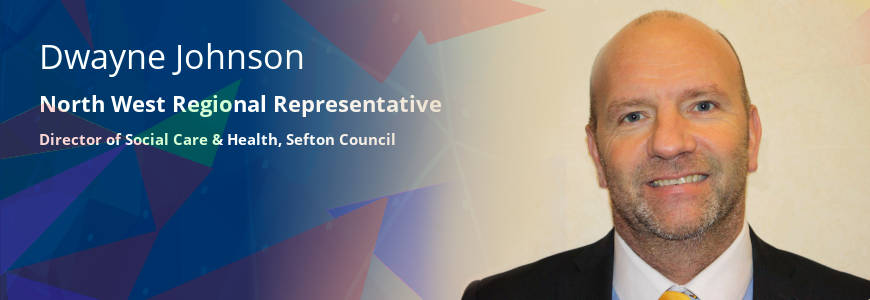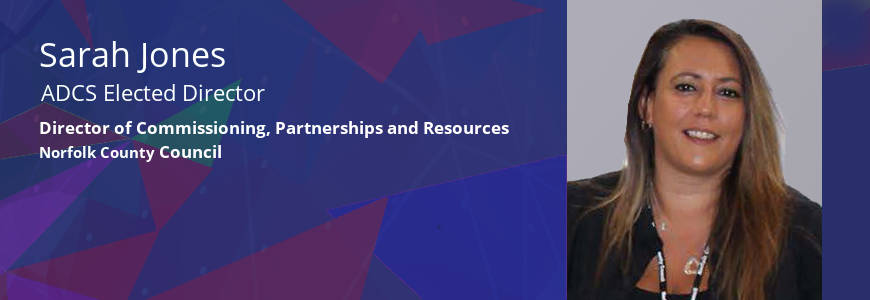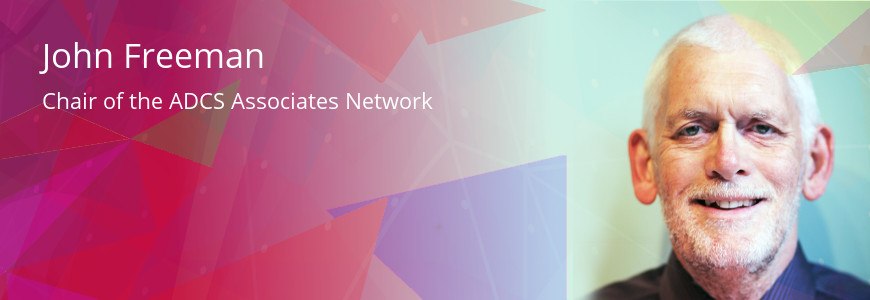Local, regional, national

I’m going to write this week about the Care Review led by Josh MacAlister. As you’ll know, ADCS have been engaged with the Care Review throughout – via Charlotte, our President, through colleagues’ individual and group submissions and also via a series of meetings that regional leads and committee chairs have had with Josh and the review team. At our last meeting Josh encouraged us to air some thoughts publicly so I am going to look at one of the ‘three dilemmas’ that Josh published recently specifically the dilemma around ‘local, regional or national’ service delivery.
My own view on this (and I stress that this particular blog is a personal view) is shaped by my views and understanding of the development of the welfare state in England and Wales. Recently, I happened to be reading one of Peter Hennessy’s brilliant histories of post war Britain which reminded me that the construction of the ‘personal social services’ was part of the post-war deal between the state and the citizen. Now, whilst many parts of the state have been rolled back, that construct remains in place – the state is there to meet the needs of the most vulnerable. That ‘deal’ is important when we think about the delivery of children’s services.
So, let’s think about what problem we are trying to solve. Is it variability of practice? Variability of funding? Political interference? Lack of political interference? Organisational structure and resilience? Or command and control from Westminster?
Change is something that we should embrace, and we’ve had to do a lot of change management over the last decade. But as a country we’ve got a pretty chequered history at trying organisational models in our public services. The reforms of the Probation Service have bombed because they were structured on a false premise (a static, low risk/high risk model when of course risk is dynamic). I have been around long enough to remember district health authorities, regional health authorities, primary care trusts, CCGs, SHAs, ICSs, ICPs (I’ve probably made a few up but you get my drift) and I’m not sure that it’s made an iota of difference to the running of the NHS apart from causing major distractions that have actually impeded service delivery despite year on year investment. In this context the police model has at least had the benefits of stability (notwithstanding the introduction of PCCs) and increased funding (relative to local government) but inspection outcomes seem to show a similar level of unevenness as other public services.
In children’s services we’ve seen the introduction of academy schools and children’s social care trusts. Stand alone academies haven’t brought significant changes in children’s attainment and progress (I’ll blog about that another time) and indeed have arguably widened the gap between disadvantaged groups and their peers; and whilst children’s trusts have had some success in improving outcomes in the short term (well done Sunderland!), I worry about their sustainability in the medium to long term. Other models of peer to peer support in local government have also been successful (which is why I am also DCS for the Isle of Wight). Regional Adoption Agencies (RAAs) are another interesting development in this range of alternative delivery models, but it feels like very early days for this model to be judged a success.
That said, there may be areas of practice that could be developed in line with our existing regional improvement and innovation alliances. Which brings me back to local government because there is also one obvious issue which underpins the delivery arrangements for children’s social care. Quite simply, local taxpayers contribute the majority of the funding for these services through their council tax (in Hampshire my finance colleagues tell me that 87% of our spend is against local taxation). And we have to acknowledge that some of the alternative delivery models that may be attractive (RAAs, Trusts) are entirely underpinned and funded by local government and, in turn local taxpayers. So, the deal between the state and its communities to protect the most vulnerable is realised through the democratic mandate of local government. I think we mess with that at our peril. What is messing with that deal, is the ever-tightening tourniquet of reducing funding and increasing demand – to paraphrase Josh himself, there is no way through this without spending more money, albeit that must be wisely spent.
More positively though, I’m not sure that any system should reach an ‘end state’, a phrase I keep hearing about our schools system. The notion of an end state implies a central hand determining the structures in each area, but structures drawn up on a bit of paper in Westminster have a way of not working when being implemented in messy reality. I think systems thrive on plurality, dynamism, and mutability – rather than being fixed. Funnily enough, and this is probably the optimist in me speaking, it strikes me that we have quite a lot of the right pieces of the picture already on the table, the trick is going to be in deploying them in the right way, at the right time, for the right purpose.
Related Blog Articles
I had a very productive meeting this week with Anne Longfield OBE. Anne is the...
In Care
I was in a fascinating conversation with a policy type this week, apparently we...
In General
I have been a Social Worker for 35 years and it is in our nature to be...
In General
As a DCS, being a qualified social worker is not part of the essential criteria...
In Care
I wanted to share with you some amazing work that has had a huge impact in...
In General
This week marks my first as ADCS President. It promises to be an interesting and...
In General
This week, I had the pleasure of delivering the keynote address at the...
In Care
When I was asked to write the ADCS blog for the Eastern region, I inevitably...
In Workforce
The varying number of national and regional initiatives, pathfinders and pilots...
In Care
I was, have been and am – loved. I am as sure as I can be that my parents...
In Care
Like most directors of children’s services (DCSs) I think I am pretty good at...
In General
“One hundred years from now, it will not matter what kind of car I drove, what...
In Care
This year January has been an important month for me working in Norfolk as the...
In Health
I’ve always been a bit of a data nerd, right back to when I did some work on...

